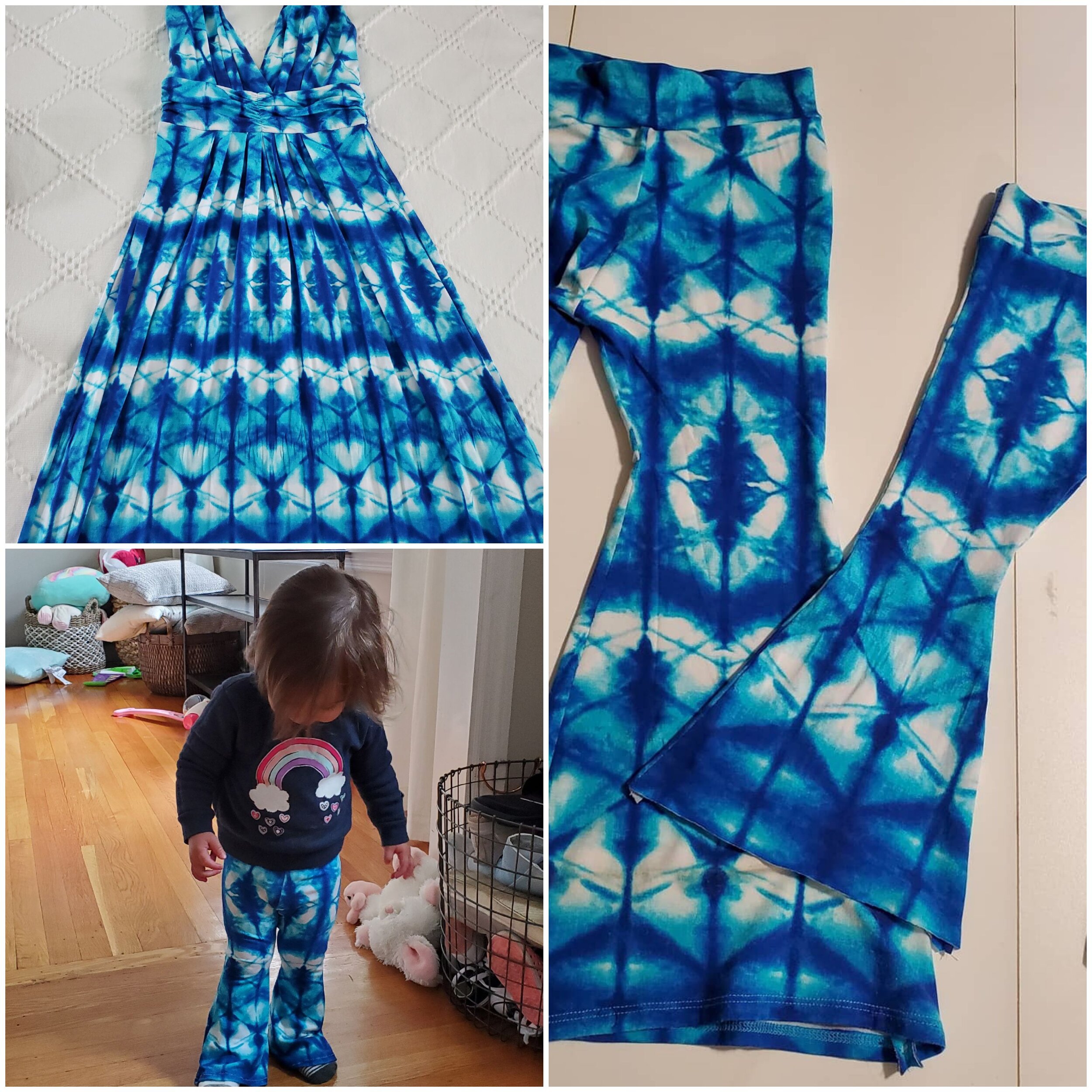In Love with Linen . . . and all natural materials
5 orders of linen! I had more of the top color but have sewn two robes from it. Gorgeous color
I was gazing at my pj drawer a few months ago and thought, “Girl, you need help. You deserve to be lounging and sleeping in luxurious stuff.” I was proud of myself for upgrading my winter lounge wear (that was 24/7 wear in 2020) from yoga pants to these so so comfy, crushed velour, bell bottoms that look cool and hip but now that summer was coming, I needed an upgrade for this season too.
Of course, almost immediately after my pj drawer ephiphany, I found an amazing website that sells European linen at really reasonable prices - www.fabrics-store.com - and have been hooked ever since. After ordering three times at five yards each, I finally commited to sewing something before buying more yardage.
Me, sans makeup, in my newly sewn linen robe
Over the past several years, I’ve been eliminating any clothing that isn’t a natural fiber as part of my quest for natural materials in everything from clothing to home decor to home building materials. There’s a reason so many feel the same way. The toxicity of synthetic fabrics or the processing of some natural fibers s is making us sick - literally - and the older (or more sensitive) I get, the more diligent I have to be about everything in my environment, including my clothing.
What are natural clothing fabrics? Basically cotton, linen, wool and silk. Cotton and linen are plant based derived from the cotton and flax plants while wool and silk are protein based fibers, derived from sheep and the silkworm. Rayon, although made from wood pulp is considered a semi-synthetic because of the processing required. It can be toxic too. Modal and Lyocell/Tencel refer to wood pulp fibers that have been more ethically and sustainably processed so not as toxic as rayon. I've learned a lot from reading all fabric labels. So we're back to the main 4 natural fibers for truly natural and toxin free fabrics.
Here are some reasons why you might want to consider natural fibers for your clothing:
Natural materials come from living things (cotton, flax, animals, so hold a higher frequency of energy and are more organic
Doesn’t require as many chemicals to process - the all pervasive polyester is a petroleum based product that requires a lot of non-renewable carbon energy to produce. Sure, you may have to iron or steam more - or just walk around with wrinkled clothes - but it’s healthier!
You won’t stink to the high heaven when you sweat. I used to pitch most of my kids’ polyester “wicking” sports shirts. Even smell a kid who’s worn one after they’ve exercised? It’s not pretty.
You’ll be positively impacting your health
I’m also on a quest to channel my inner hippie and also convert my granddaughters. I was going through my closet and found this dress that I always loved the fabric of but never wore. When summer finally came and it was halter top season, it was too hot to wear a maxi dress with all that fabric. I was just about to donate it thinking it had to be polyester based on its stretchyness but was pleasantly surprised to see it was 95% cotton and only 5% lycra. So, little bell bottoms it became! I’m still working on the full hippe/flower child attire but will post that later. Paige at 18 months loves them and chooses them daily as her pants of choice. YES!
Stay tuned for my next post on suggestions for using natural materials in your home. That may be a long post!
Let me know what you think about fabrics for your wardrobe! Would love to hear your stories and suggestions too!
Love,
Kim


